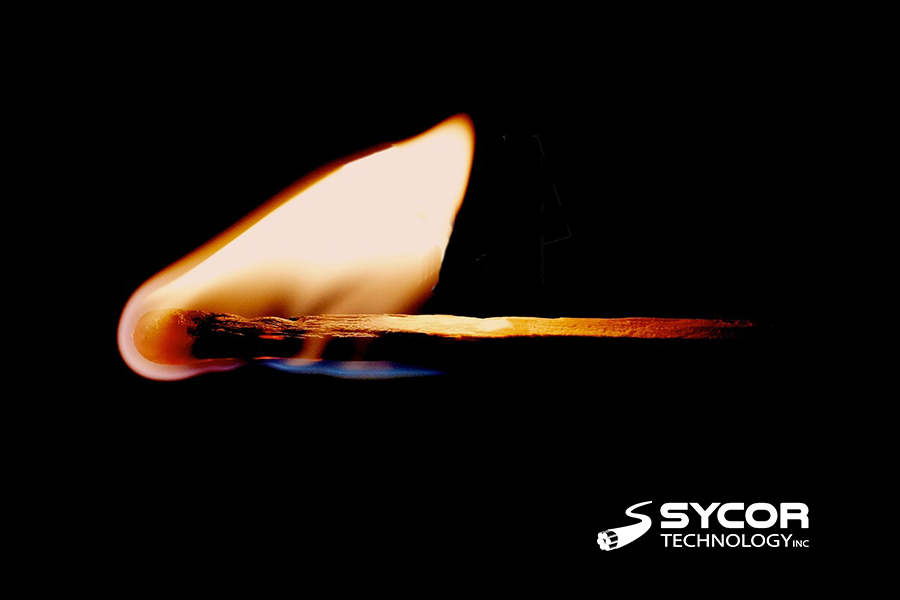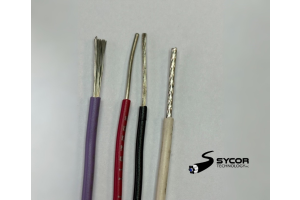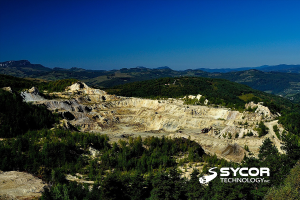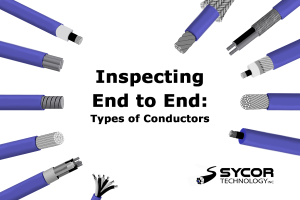
Certifications were introduced as a way to advance safe electrical practices. Each certification has a purpose, whether it be for specific geographical locations or by application. The FT1-FT6 certificates are a Canadian standard. The CSA is an extremely important North American approval that's regularly getting modernized, on top of random check-ins and tests for all official distributors and manufacturers. To most effectively highlight these different approvals, we'll be breaking down each testing method and the various pass or fail criteria.

|
Flame/Burning |
Test |
Test Method |
|
FT1 |
FT1 |
C22.2 No. 2556-13, cl. 9.3 (FT1) |
|
FT2 |
FT2 |
C22.2 No. 2556-13, cl. 9.1 (FT2/FH/Horizontal flame) |
|
VW-1 |
VW-1 |
C22.2 No. 2556-13 (cl. 9.4 FV-2/VW-1) |
|
FT4 |
FT4 |
C22.2 No. 2556-13 (cl. 9.6.5.3 Method 2 – FT4) |
|
FT4-ST1 |
FT4-ST1 |
C22.2 No. 2556-13 (cl. 9.7 ST1 Limited smoke) |
|
FT5 |
FT5 |
C22.2 No. 0.3-09 (cl. 5.10.5 – Flame test for portable cables/FT5) |
|
FT6 Horizontal |
FT6 |
C22.2 No. 0.3-09 (cl. 5.10.6 Horizontal Flame and Smoke test/FT6) |
CSA FT1 Flame Test
The FT1 is a vertical flame testing procedure that has the cabled subjected to a 15-second test of a 3,000 BTU/hour flame five times.
The pass or fail criteria for this is a finished conductor shall not convey flame or continue to burn for more than 60 seconds after five 15-second applications of the test flame. If more than 25 percent of the extended portion of the indicator is burned, the conductor shall be considered to have conveyed flame.
CSA FT2 Flame Test
The FT2 horizontal testing procedure for the FT2 certification has 1,700 BTU/hour flame applied to a horizontal wire or cable sample for 30 seconds.
The pass or fail criteria is the length of the charred portion of the specimen of cord shall not exceed 100 mm, nor shall it drop flaming particles (CSA C22.2 No.49).
CSA FT4 Flame Test
The FT4 certification is one of the most popular as it has one of the toughest tests to pass, given the 70,000 BTU/hour flame. This certifications testing procedure has cables mounted on a vertical tray, which are exposed for 20 minutes to a 70,000 BTU/hour flame. This test is identical to the IEEE 1202 flame test. The FT4 and IEEE 1202 reduced char height requirements make them slightly more difficult to pass than the UL1685 vertical tray version.
The pass or fail criteria for the FT4 certification is the finished wires or cables shall not exhibit charred material beyond a length exceeding 1.5 m (5 ft.) from the lower edge of the burner face when subjected to the test (CSA C22.2 No.38).
CSA FT5 Flame Test
The FT5 horizontal flame test is used for power cables and portable cords like the SHD-GC for use in surface or underground mining applications.
The testing procedure for the FT5 certification involves three one-meter samples that are set up horizontally. The specimens are heated with electric current (DC or AC voltage source) until the conductor temperature reaches 205˚C. Once this conductor temperature has been reached, a 1,700 BTU/hour flame is applied for 60 seconds at the center of the cable.
The pass or fail criteria for the FT5 is that the cable shall not have a length of the burned area exceeding 150 mm and shall not continue to burn for more than four minutes when subjected to the flame test (CSA No.96).
CSA FT6 Flame Test
The American version of this test is called NFPA 262, the Steiner Tunnel flame test. This test measures flame spread and smoke generation in the air handling plenum. The testing procedure for the FT6 certification has a 25-foot Steiner Tunnel with intake and exhaust ducts that control the airflow. The cables are mounted within a tray on one level and sealed. Two circular burners are then mounted vertically at the tunnel's intake end, just in front of the cable tray. Methane is burned along with 240 ft./min. Through the tunnel for twenty minutes, at which point the flame is extinguished. Flame spread and smoke density are monitored throughout the test.
The pass or fail criteria for the FT6 flame travel distance not exceeding 1.52 m (5 ft.). A peak optical density of smoke not exceeding 0.5 and an average optical density not exceeding 0.15 is described as having adequate fire-resistant and low smoke-producing characteristics (NFPA 262).

C(UL) Certifications
UL/NEC-Approved cables may also be C(UL)/CEC-Approved as communications cables meeting the requirements of the Bi-National Standard CSA C22.2 No. 214/UL 444 and Section 60 of the Canadian Electrical Code, Part I (CEC). The C(UL) cable designation (and its meaning) would be one of the following:
- CMP — Cable meeting CSA FT6 or NFPA 262 (UL 910)
- CMR — Cable meeting UL 1666, CSA FT4
- CMG — Cable meeting CSA FT4
- CM — Cable meeting UL 1685 (UL 1581, Sec. 1160) Vertical-Tray, CSA FT1
- CMX — Cable meeting UL 1581, Sec. 1080 (VW-1), CSA FT1
- CMH — Cable meeting CSA FT1
The CSA FT 1-6 ratings are an important part of the cabling industry in Canada. With various tests focusing on horizontal and vertical flame reduction, these tests are required for all building types, commercial and residential. Whether it be CSA, UL, NEC, CE, HAR, or even VDE, all approvals are essential for safety and application success. As a certified international distributor, we have the ability to supply any certification to just about every country around the world. From vertical and horizontal flame testing, application-specific certifications, high voltage certifications or even the simple RoHS, Sycor has the capabilities to make your cabling application a reality.
For more information about us:
Call Toll Free - 1.800.268.9444 or Email Us - [email protected]






